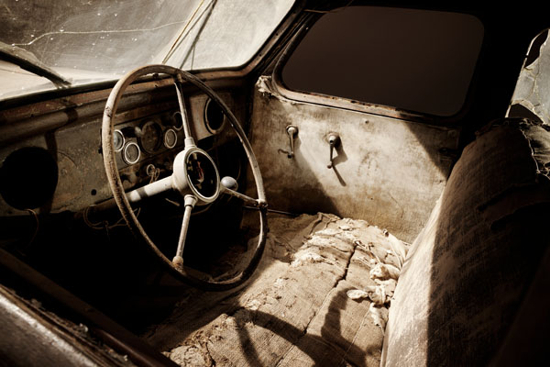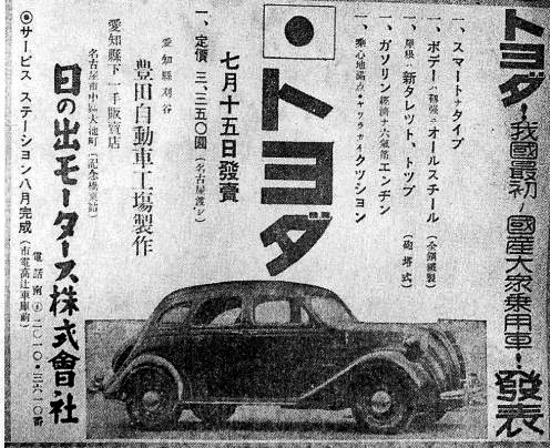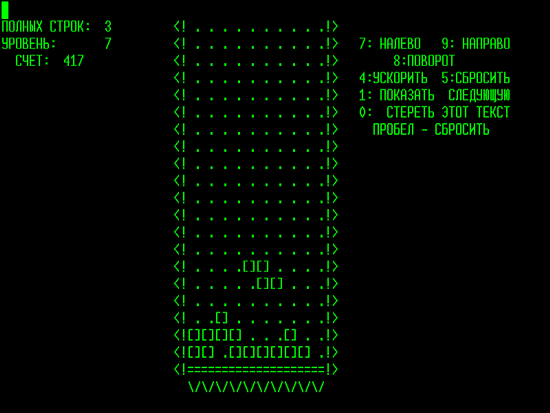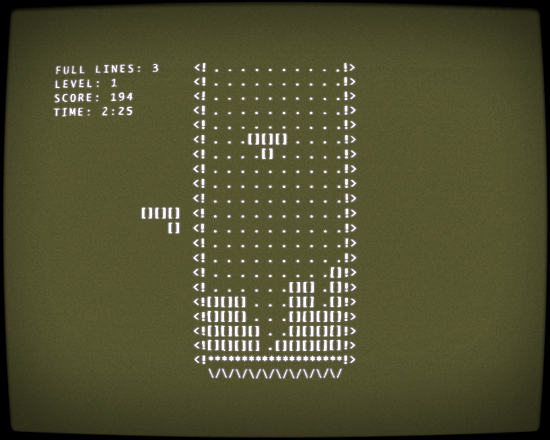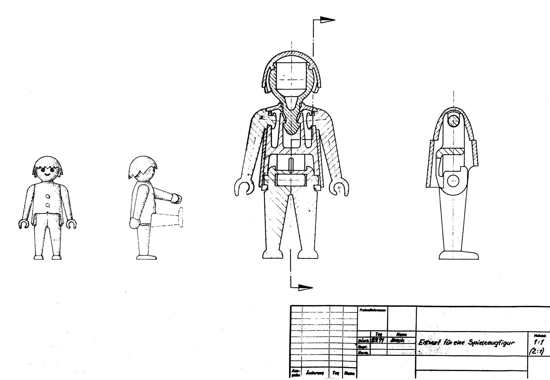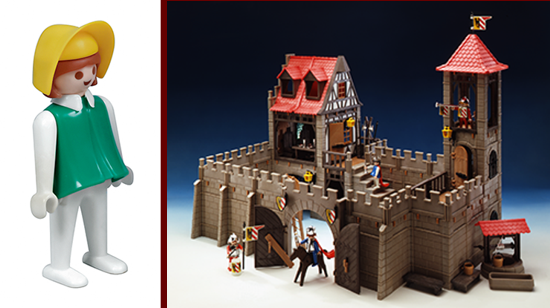 |
| Wile E. Coyote and The Road Runner in 1949 |
Main series title: "Looney Tunes"
Title: "Wile E. Coyote and The Road Runner"
Category: Cartoon
Genres: Comedy, Humor
Authors:
--- Chuck Jones (design/animation)
--- Michael Maltese (story/writing)
--- Chuck Jones (design/animation)
--- Michael Maltese (story/writing)
Country of origin: USA
Producer / Distributor: Warner Bros.
First episode title: "Fast and Furry-ous"
Released: September 17, 1949 - USA
Director: Chuck Jones
Color: Technicolor
Original language: English
Music: Carl Stalling. The first episode uses music from the Bedřich Smetana opera The Bartered Bride, specifically Dance of the Comedians. It also makes use of the popular songs "Winter", "I'm Looking Over a Four Leaf Clover", and "In My Merry Oldsmobile".
Animation: Ken Harris, Phil Monroe, Lloyd Vaughan, Ben Washam, A.C. Gamer.
Running time: 7 min.
Background: Wile E. Coyote (generally silent) repeatedly attempts to catch and subsequently eat the Road Runner, a fast-running ground bird (with a signature sound, "Beep, Beep"), but is never successful. Wile E. Coyote often obtains complex and ludicrous devices from a mail-order company, the fictitious Acme Corporation, which he hopes will help him catch the Road Runner. The devices invariably fail in improbable and spectacular ways. In the first episode "Fast and Furry-ous", released on September 17, 1949, the Coyote tries 11 ways to catch Road Runner. Failed traps include a fake tunnel, a boulder drop, a rocket, a boomerang, superhero outfit, a fridge and skis, and a school crossing. In a "jet shoes" sequence, the coyote chases the road runner all over a cloverleaf highway interchange.
Main characters:
--- Wile E. Coyote, a slim American coyote always hungry, originally presented under the pseudo-Latin name "Carnivorous vulgaris".
--- The Road Runner, a sly, fast-running ground American bird, originally presented under the pseudo-Latin name "Acceleratii incredibus".
--- The Road Runner, a sly, fast-running ground American bird, originally presented under the pseudo-Latin name "Acceleratii incredibus".
Features: Wile E. Coyote and The Road Runner are a duo of characters from the Looney Tunes and Merrie Melodies series of cartoons. The characters were created by animation director Chuck Jones in 1948 for Warner Bros., while the template for their adventures was the work of writer Michael Maltese. The characters star in a long-running series of theatrical cartoon shorts, the first 16 of which were written by Maltese. Wile E. Coyote and The Road Runner appeared on television on Saturday mornings as the stars of their own TV series, The Road Runner Show, from September 1966 to September 1968, on CBS.
Interesting facts: Chuck Jones based the Coyote on Mark Twain's book Roughing It, in which Twain described the coyote as "a long, slim, sick and sorry-looking skeleton" that is "a living, breathing allegory of Want. He is always hungry". Jones said he created the Coyote-Road Runner cartoons as a parody of traditional "cat and mouse" cartoons such as MGM's Tom and Jerry, which Jones would work on as a director later in his career. Early model sheets for Wile E. Coyote character prior to his initial appearance identified him as "Don Coyote", in reference to Miguel de Cervantes' Don Quixote. The Coyote's name of Wile E. is a play on the word "wily". Pseudo-Latin names were assigned to the characters through the years: "Carnivorous vulgaris" and "Acceleratii incredibus" (1949-1952), "Road-Runnerus digestus" and "Velocitus tremenjus" (1953), "Eatibus anythingus" and "Hot-roddicus supersonicus" (1954), and so on.
Quote (Chuck Jones): «When the coyote falls, he gets up and brushes himself off; it's preservation of dignity. He's humiliated, and it worries him when he ends up looking like an accordion. A coyote isn't much, but it's better than being an accordion».
Property: Warner Bros.
 |
| Wile E. Coyote and The Road Runner, original model sheet by Chuck Jones (circa 1945). Graphite and colored pencil on paper glued to a 12 field sheet of animation paper. Note that here the coyote is called "Don Coyote". |
 |
| Wile E. Coyote and The Road Runner, original model sheet by Chuck Jones (1948) for their debut in the "Fast and Furry-ous" episode (1949) |
 |
| Wile E. Coyote and The Road Runner, title frame from the first episode "Fast and Furry-ous" (September 17, 1949). The title sign is shown first, and the card is blown away when the Road Runner whips by. The pair whip past the camera to change the credits. |
 |
| The Road Runner, first appearance ("Fast and Furry-ous", Sept. 17, 1949). The camera zooms to the Road Runner and the scene shows the Latin name: "ROAD RUNNER (Accelleratii Incredibus)". |
 |
| Wile E. Coyote, first appearance ("Fast and Furry-ous", Sept. 17, 1949). Wile E. Coyote, on a cliff, watches with binoculars as the Road Runner tears across the roads. He licks his lips as his name is shown: "COYOTE (Carnivorous Vulgaris)". |
Wile E. Coyote and The Road Runner, opening and first scene from the first episode "Fast and Furry-ous" (Sept. 17, 1949) |
 |
| Charles Martin "Chuck" Jones (Spokane, Sept. 21, 1912 - Corona del Mar, Feb. 22, 2002), creator of Wile E. Coyote and The Road Runner, was an American animator, cartoon artist, screenwriter, producer, and director of animated films, most memorably of Looney Tunes and Merrie Melodies shorts for the Warner Bros. Cartoons studio. In a career spanning over 70 years, Jones made more than 300 animated films, winning three Oscars as director and in 1996 an honorary Oscar for Lifetime Achievement. |









